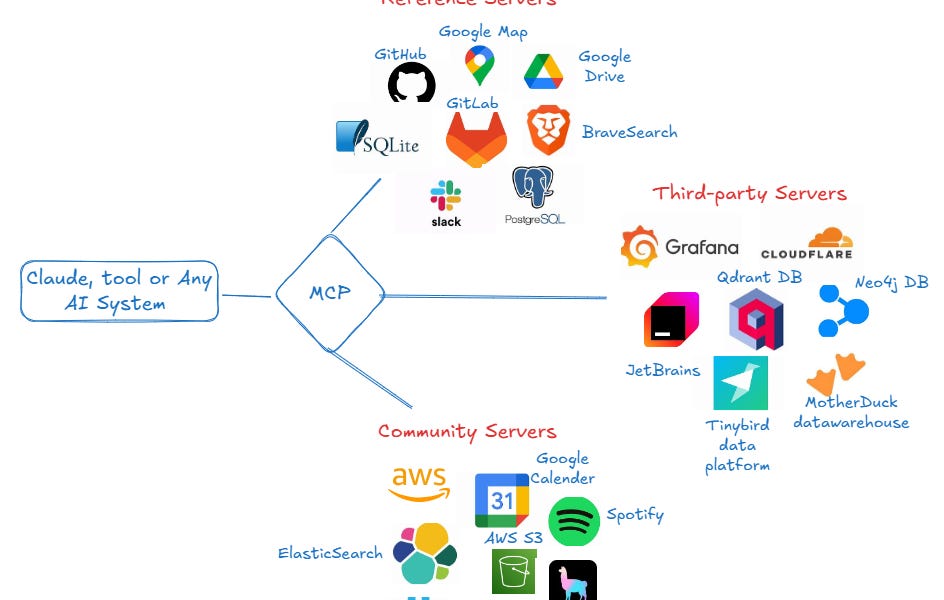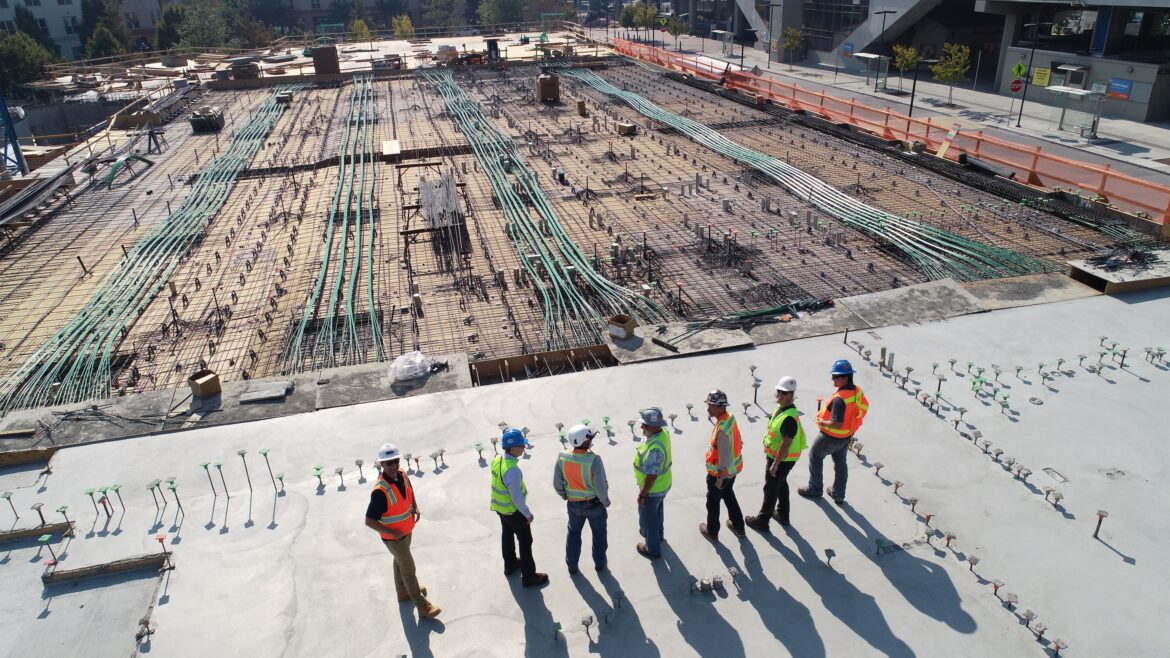As more and more new technologies emerge in the construction industry, it can be difficult to keep up with them all, not to mention that the adoption process often takes a considerable amount of time and money. Construction professionals need to first learn about these technologies and then test them thoroughly prior to adoption.
Though adopting new technologies may require a significant investment upfront, many of these technologies can actually save time and money in the long run while also increasing new opportunities for business. It is important for construction professionals to stay up-to-date with the latest data on technologies that improve construction efficiency in order to best determine which ones are most beneficial and worth the investment.
Those who want to remain competitive in the construction industry need to discover and adopt the beneficial technologies that are available, or they may get left behind. Here, we will examine a proven method for ensuring that technology adoption is successful and effective. Then, we will discuss five important ways that technology can increase construction efficiency and positively affect a company’s bottom line.
HOW TO EFFECTIVELY ADOPT NEW TECHNOLOGIES QUICKLY
Historically, the construction industry has been slow to adopt new technologies. However, that is starting to change as more and more companies begin to realize just how much of an impact these technologies can have on their bottom line. Before deciding which technologies to adopt, companies should research the variety of solutions available and then watch demonstrations or test the solutions in order to determine which options would best help solve their company’s biggest challenges.
After research and testing, companies must follow a three-step process in order to effectively incorporate the new technologies they have chosen: adopt, embrace, and invest. Once a construction company has decided to adopt a new technology, they need to make sure that staff at all levels are embracing it. The best way to do this is through thorough education and training. Education not only ensures that staff members are using the new technology appropriately, but it also helps them better understand the benefits. Finally, technology adoption requires an investment of time and money—for licensing fees, equipment, implementation, education and training, and maintenance and updates. Company budgets and schedules need to be built with these investments in mind.
WHAT NEW TECHNOLOGIES MEAN FOR THE BOTTOM LINE
Now that you know “how” construction companies should approach adopting new technologies, let’s talk about the “why.” Technology is changing the way that construction teams work by increasing efficiency and reducing overall costs. Here are five proven ways that technology can help increase construction efficiency:
1. TECHNOLOGY MAKES IT EASIER FOR EVERYONE INVOLVED IN THE PROJECT TO COLLABORATE MORE QUICKLY AND EFFECTIVELY.
Using technology on the job site makes it easier for contractors to communicate and collaborate with architects, owners, and their teams. They can collect information on the job site and share it with others while also asking questions and getting input in real-time. Useful technologies include online and mobile apps for everything from reporting, to document sharing, construction management, auto-archiving and data collection. Other common examples are building information modeling (BIM), bid management software with integrated response trackers, mobile devices with automated alerts and notifications, online plan rooms and virtual meeting platforms, and GPS tracking. These advances can help increase real-time communication and collaboration among stakeholders, decreasing downtime and errors.
2. TECHNOLOGY ALLOWS CONTRACTORS AND PROJECT MANAGERS TO MAKE MORE TIMELY AND INFORMED DECISIONS BASED ON COST AND LABOR DATA.
With intelligent modeling, users can make adjustments to the building model in real time in order to see how changes will impact cost and labor. This enables designers and contractors to better visualize how different design scenarios change the look of the building while also allowing them to consider the costs and time constraints. In the end, this technology helps project teams make more informed decisions more quickly. It also increases the chances that the project will stay within the set budget and timeline.
3. TECHNOLOGY SIMPLIFIES AND AUTOMATES THE INFORMATION CAPTURING PROCESS WHILE INTEGRATING DATA BACK INTO COMPANY SYSTEMS IN REAL TIME.
Supervisors can use a mobile device to record employee hours and wirelessly send this information to the field office. This technology eliminates the need to complete paperwork and streamlines the timesheet-approval process. This information is then seamlessly integrated into the company’s main system, which decreases the errors and inefficiencies involved in paper-based record keeping. Using a mobile software solution to track employee-time data can help companies significantly improve accuracy and reduce processing costs.
4. TEAMS CAN USE TECHNOLOGY TO ENSURE THAT THEY ARE QUICKLY AND ACCURATELY MEETING DOCUMENTATION AND COMPLIANCE REGULATIONS.
Using technology on the job site allows construction teams to better meet documentation and compliance regulations by allowing them to complete required documentation more accurately and in a timely manner. For example, digital photo, video and webcam documentation can be stored in electronic document management solutions. These systems can then be accessed via a secure online document portal from any mobile device. This saves a significant amount of time while also reducing the potential for penalties, which can be costly.
5. TEAMS CAN ACCESS REAL-TIME PROJECT DATA BY UTILIZING MOBILE AND CLOUD-BASED TECHNOLOGIES.
Mobile technology, like tablets and smart phones, paired with cloud-based data storage and management systems help improve the efficiency of workflows on the job site. Contractors can access blueprints, documents, contracts, and other important information in real-time from the job site, which decreases wait time that can cause serious delays and allows contractors to avoid costly mistakes.
Though many construction professionals may be hesitant to test and adopt new technologies, such advances improve efficiency in the long run. By carrying out preliminary research and thorough testing to understand which technologies may be most beneficial, and then using the three-step method of adopt, embrace, and invest. We at South Bay Construction have been able to stay ahead of the curve, and adopt only the most meaningful technology to help increase our efficiency.
As we enter into the new year, we are excited to see which technologies will impact our ever-changing world. That is why we crafted our latest guide, “Field Notes: A 2017 Guide to Construction Technology.” Inside you’ll find what you need to have a better understanding of which technologies are emerging as frontrunners to innovation and which technologies you should keep an eye on.
Credit: https://www.sbci.com/technology-can-improve-construction-efficiency/









